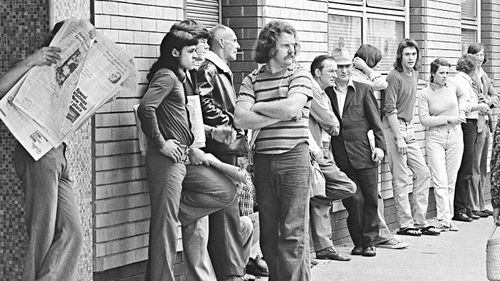New data from the Australian Bureau of Statistics (ABS) showed that in July 2022 the unemployment rate fell by 0.1 per cent from 3.5 per cent to 3.4 per cent.
It is the nation’s lowest unemployment rate since August 1974.

Bjorn Jarvis, head of labour statistics at the ABS, said both employment and unemployment measures fell in July.
“The fall in unemployment in July reflects an increasingly tight labour market, including high job vacancies and ongoing labour shortages, resulting in the lowest unemployment rate since August 1974,” Mr Jarvis said.
“In July, there were fewer unemployed people (474,000) than there were job vacancies (480,000 in May).”
The unemployment rate fell for men (down 0.2 percentage points) to 3.4 per cent, and remained steady at 3.4 per cent for women.

A criticism often made of the headline unemployment rate is that it does not accurately represent underemployment, which is where workers wish to take on more hours but cannot do so.
Today’s figures showed the underemployment rate decreased by 0.1 percentage points to 6.0 per cent, while the youth underemployment rate increased by 0.1 percentage points to 14.1 per cent.
The underutilisation rate, which combines the unemployment and underemployment rates, fell by 0.2 percentage points to 9.4 per cent, its lowest level since April 1982.

Jarvis said the July reference period coincided with the winter school holidays, worker absences associated with COVID and other illnesses, and further flooding events in New South Wales.
“In addition to people taking annual leave around the winter school holidays, there were also around 750,000 people working fewer hours than usual due to being sick in July 2022, around double the usual number we see during the middle of winter,” he said.
“Given the extent of sickness within the community during July, some people who were on annual leave over the school holidays may have also been sick or caring for others.”









